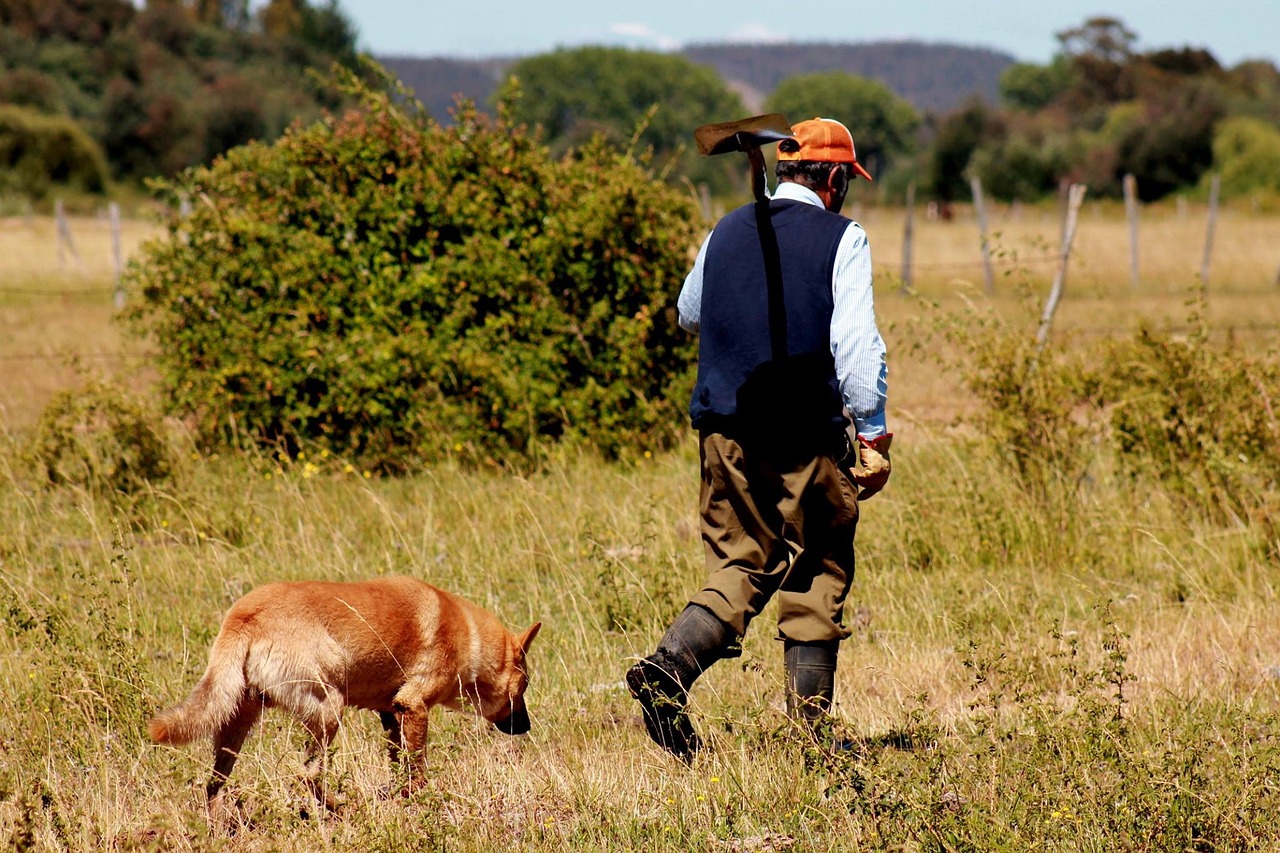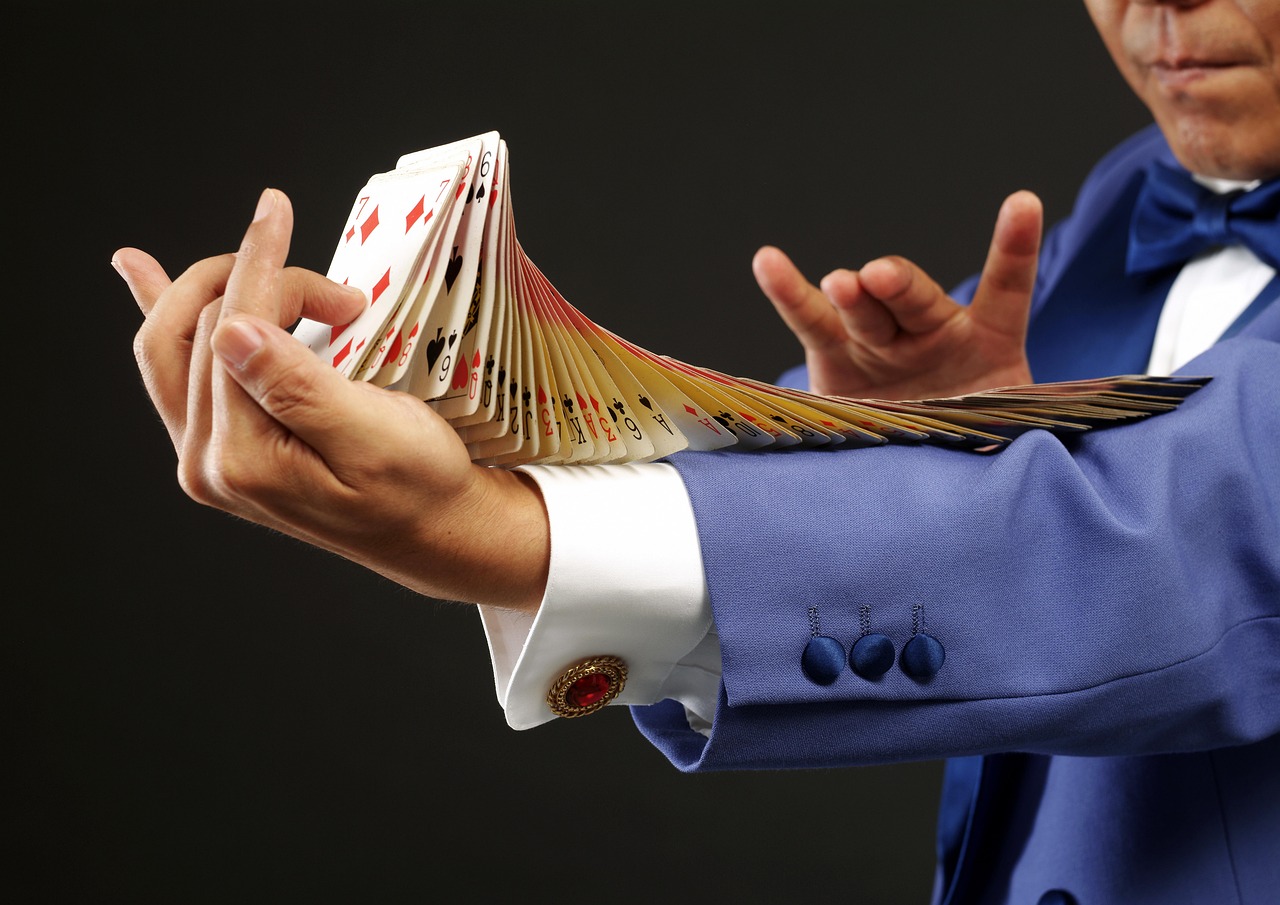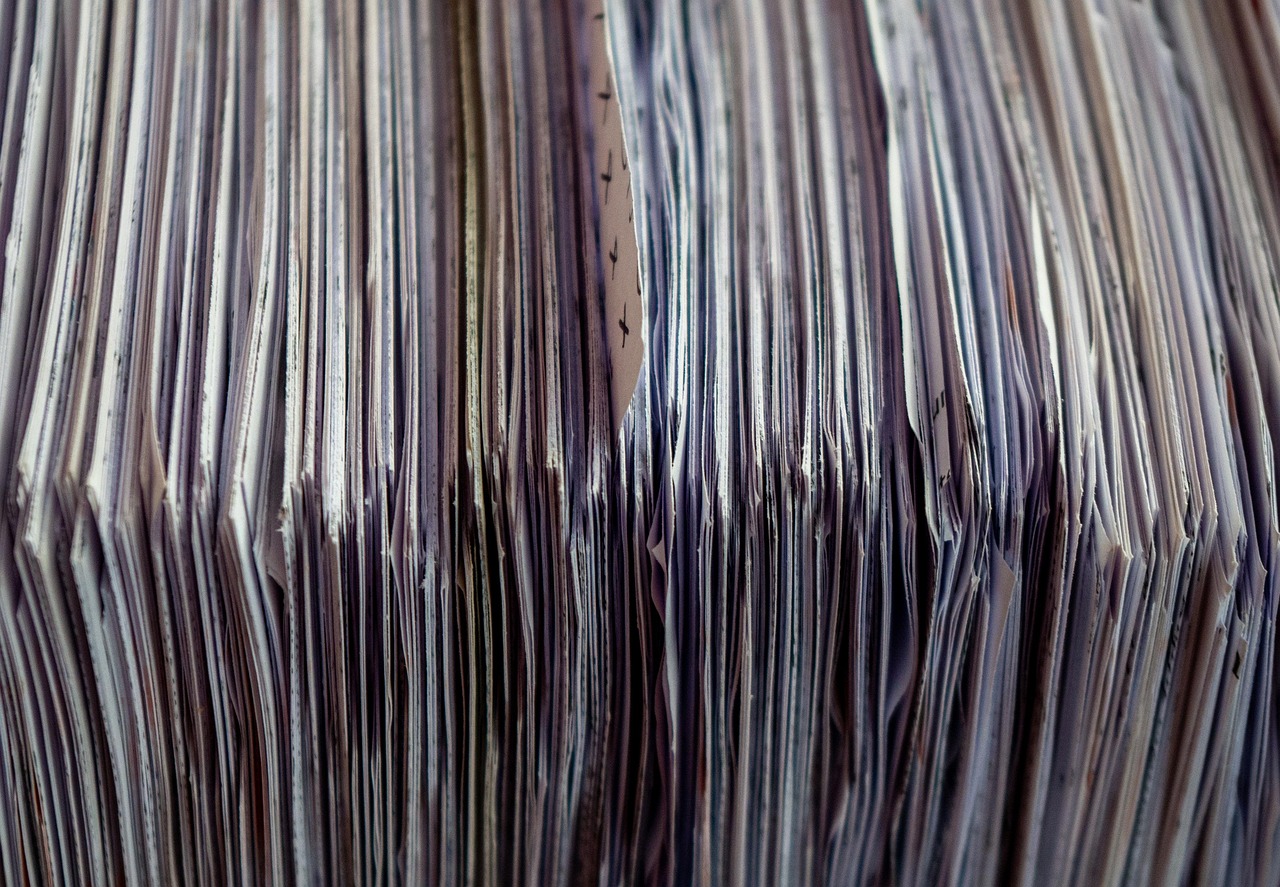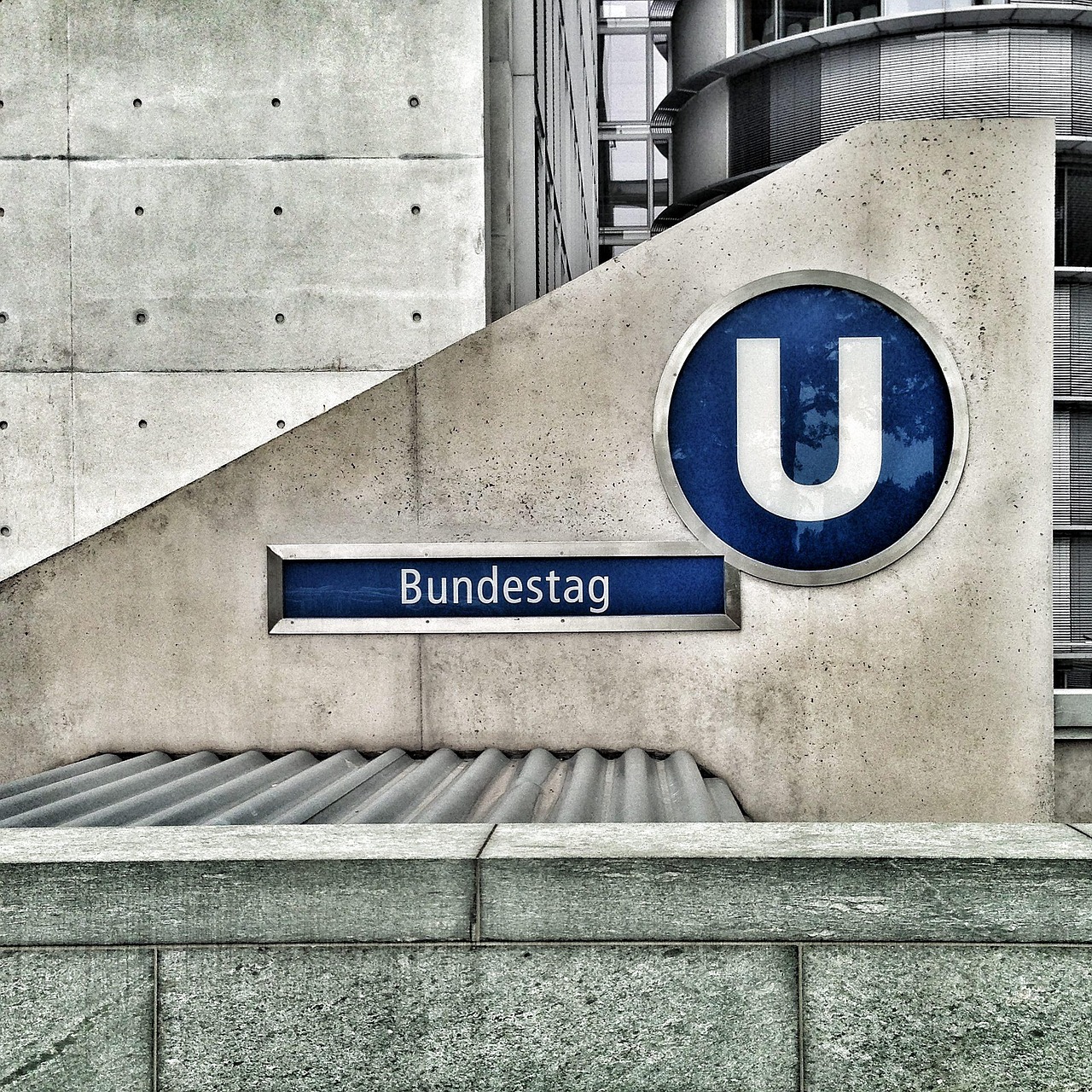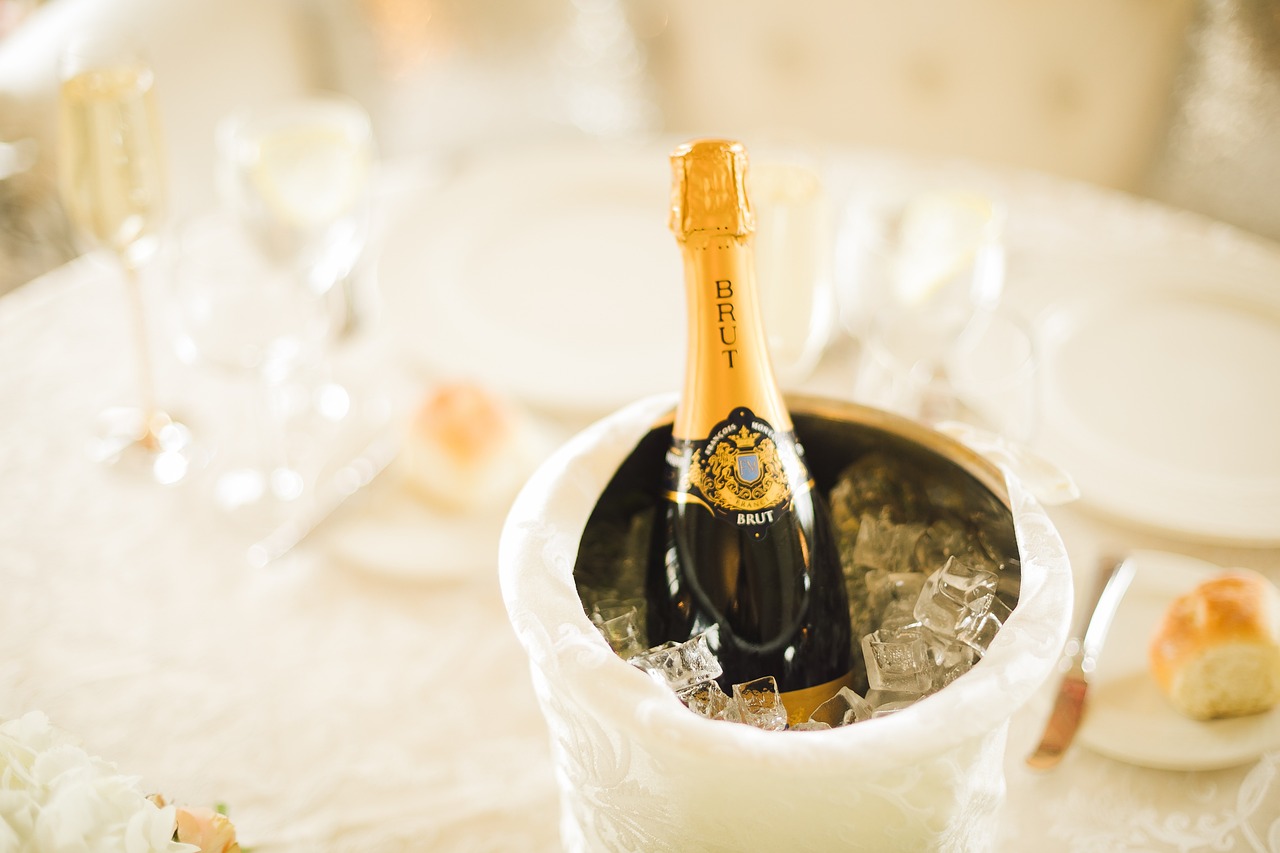
Loyalty Programs Offset Consumer Pullback
Fast-casual restaurants are increasingly relying on loyalty programs to counteract reduced consumer spending amid economic uncertainty. These programs have shifted from optional perks to essential tools that encourage repeat visits and build long-term customer habits. For example, data from Circana shows loyalty members make 22% more visits annually and visit twice as often as nonmembers, illustrating the strong link between rewards and customer frequency.
Loyalty Programs Drive Higher Customer Visits
Brands like Starbucks, Chipotle, and Potbelly demonstrate the impact of loyalty programs on sales and customer engagement. Starbucks reported 34.2 million active rewards members in Q2 2025, accounting for over 59% of U. S. company-owned store transactions. Chipotle’s 20 million active members contribute approximately 30% of daily sales, helping the chain avoid major price hikes. Potbelly’s digital sales, including loyalty users, made up over 42% of total sales in Q1 2025, showing how digital engagement boosts revenue.

Sales Challenges Increase Need for Engagement
Despite loyalty gains, overall restaurant traffic remains weak. Black Box Intelligence data reveals only one monthly traffic increase in the year ending May 2025, with just 43% of restaurant brands reporting same-store sales growth in May. Chipotle experienced its first same-store sales decline since 2020, and Starbucks has reported five consecutive quarters of declining same-store sales, underscoring the economic pressures driving loyalty program reliance.
Creative Loyalty Programs Improve Customer Experience
Restaurants are innovating beyond basic discounts to enhance loyalty engagement. Cava revamped its rewards in October 2024 to offer flexible point redemption on specific items, limited-time offers, and in-app challenges. Cava’s program now boasts over 7 million members, with plans for a tiered system. Chipotle’s “Summer of Extras” campaign gives away more than $1 million in free burritos to incentivize visits, fostering excitement and social media buzz.
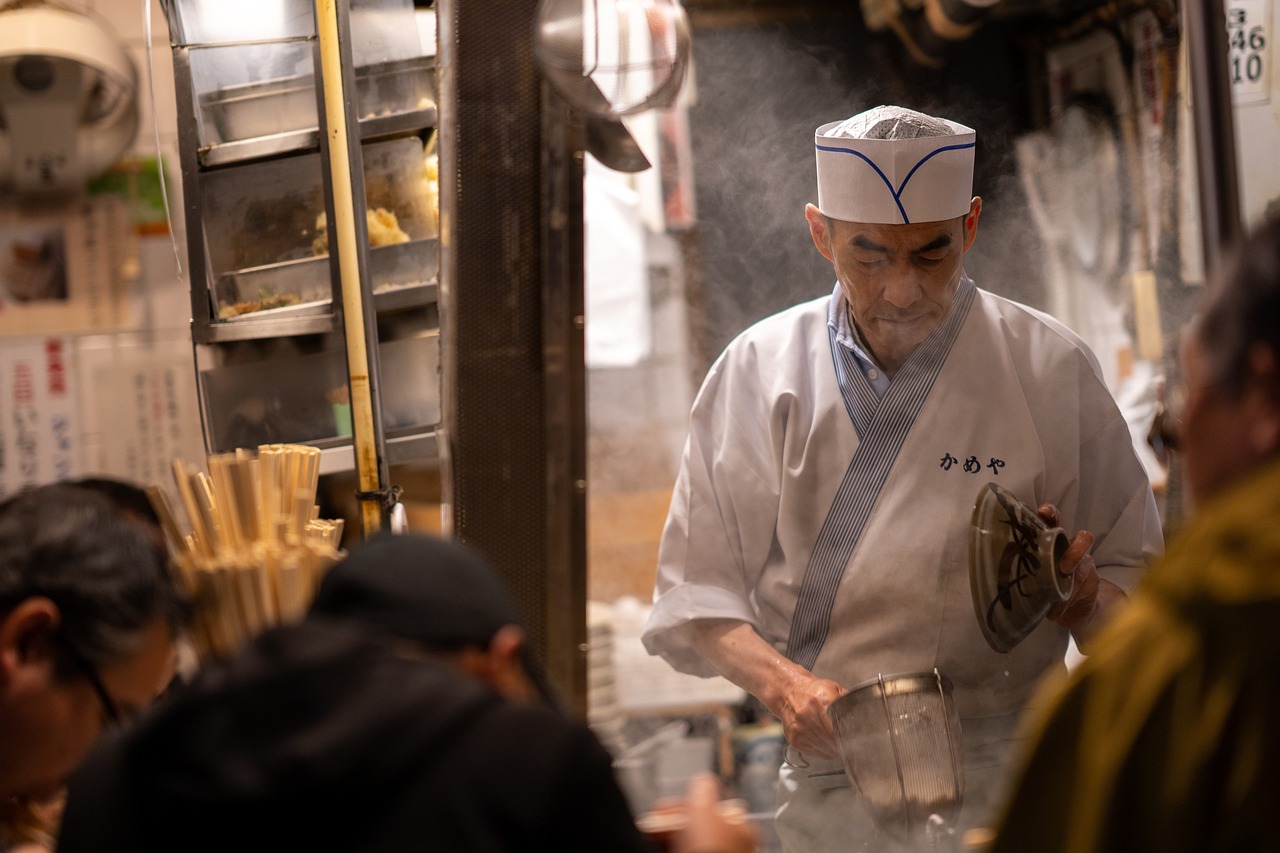
Adjusting Programs to Match Consumer Preferences
Sweetgreen moved away from a confusing tiered subscription to a simpler rewards system focused on meaningful value, reflecting changing consumer priorities during economic downturns. Starbucks replaced its 25-star reusable cup bonus with double stars on all purchases in June 2025; despite controversy, participation has remained steady, showing adaptability in loyalty design.

Profit Tradeoffs
Profit Tradeoffs Versus Long-Term Gains. While loyalty promotions reduce profit margins in an already tight industry, brands expect these investments to yield longer-term customer loyalty and increased spending on full-price items. Potbelly’s shift to a coin-based rewards system allowing redemption on more than 14 menu items led to immediate engagement lifts, according to its chief marketing officer. Portillo’s launched “Portillo’s Perks, ” a digital wallet rewards program focusing on visit frequency and badge rewards, targeting 1.5 to 1.7 million sign-ups by mid-2025.
## Loyalty Programs Are Critical for Future Growth. Fast-casual restaurants rely on loyalty programs as strategic tools for sustainable growth amid economic challenges. Data-backed increases in visit frequency and sales contributions from rewards members highlight these programs’ effectiveness. By evolving program structures to emphasize flexibility, personalization, and surprise rewards, brands position themselves to maintain customer relationships and drive long-term success in a competitive market.
